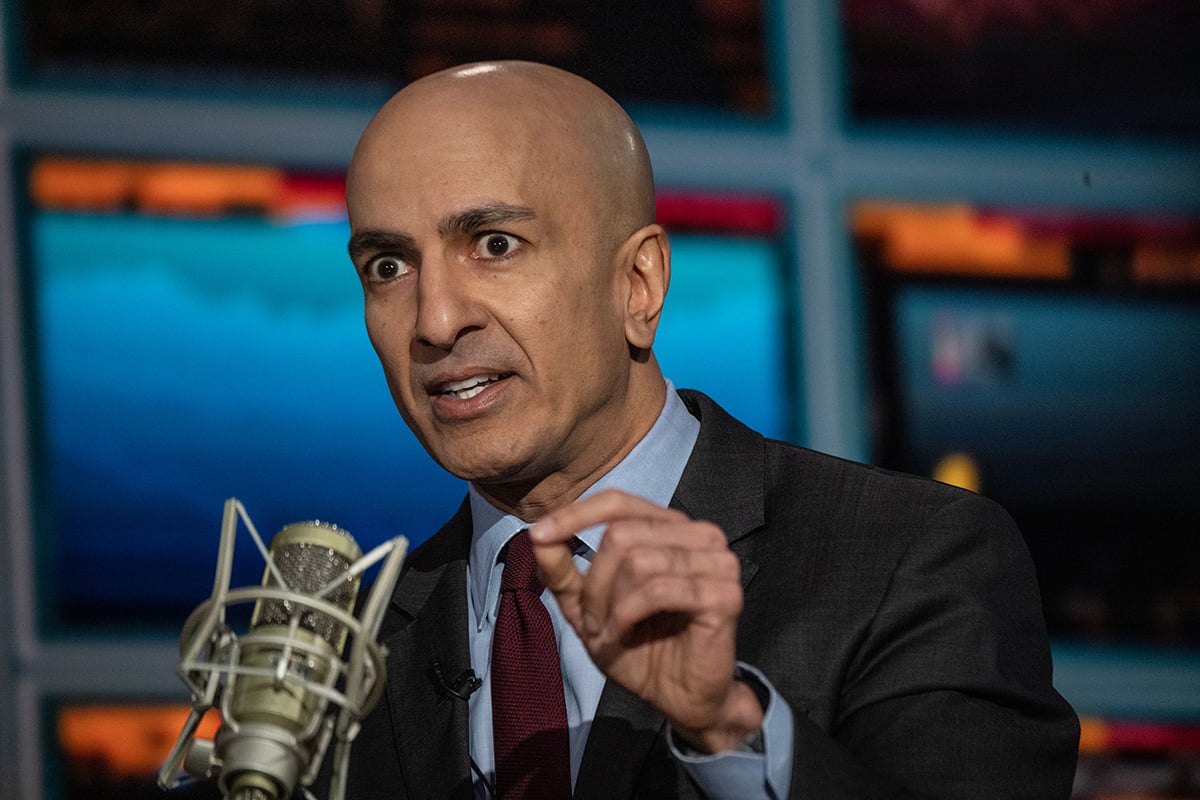Back in the good ole days of the 1990s, Richard Inserra, assistant treasurer at Praxair Inc., admits he probably bought a little too much insurance. "When [coverage] is cheap, you don't mind overbuying," Inserra says.
All that changed following the one-two punch inflicted by the Sept. 11 terrorist attacks and the Enron Corp. debacle. Now, there is probably not a line of insurance that can be named that isn't facing double-digit premium hikes. And Inserra, like so many other executives charged with buying their companies' insurance, is deciding to walk on the wild side and keep costs down by taking on more risk.
Risk retention is the painless way–at least, in the short haul–to manage insurance costs for most companies. Admittedly, there is an element of holding your breath, closing your eyes and hoping for the best. But in many cases, there are few options, save paying through the nose to maintain the same level of coverage you had when insurance was a relative bargain. The trick for companies is to analyze correctly just how much risk they are really retaining and the likelihood that they could be surprised by a disaster.
Complete your profile to continue reading and get FREE access to Treasury & Risk, part of your ALM digital membership.
Your access to unlimited Treasury & Risk content isn’t changing.
Once you are an ALM digital member, you’ll receive:
- Critical Treasury & Risk information including in-depth analysis of treasury and finance best practices, case studies with corporate innovators, informative newsletters, educational webcasts and videos, and resources from industry leaders.
- Exclusive discounts on ALM and Treasury & Risk events.
- Access to other award-winning ALM websites including PropertyCasualty360.com and Law.com.
*May exclude premium content
Already have an account? Sign In
© 2024 ALM Global, LLC, All Rights Reserved. Request academic re-use from www.copyright.com. All other uses, submit a request to [email protected]. For more information visit Asset & Logo Licensing.







